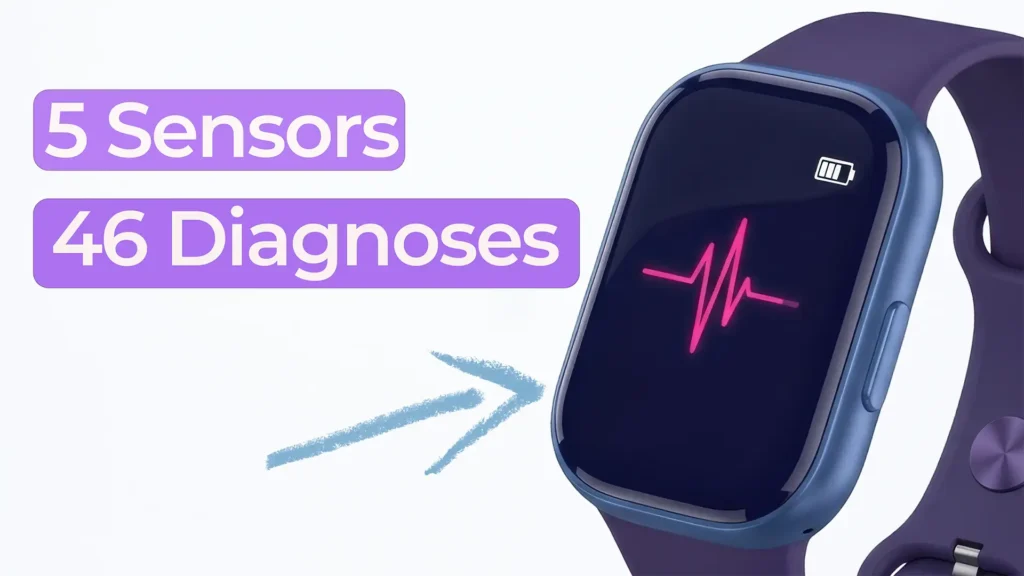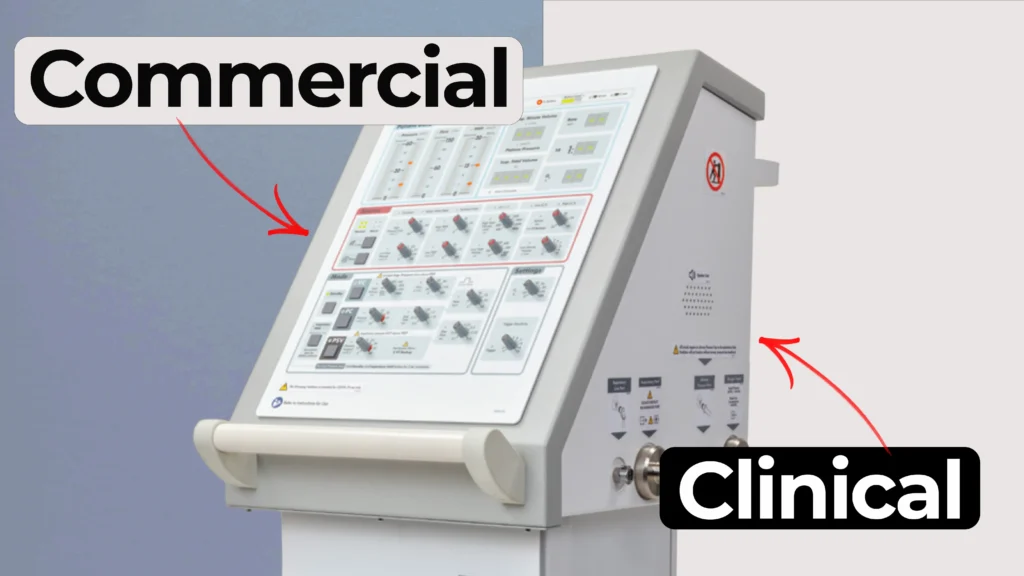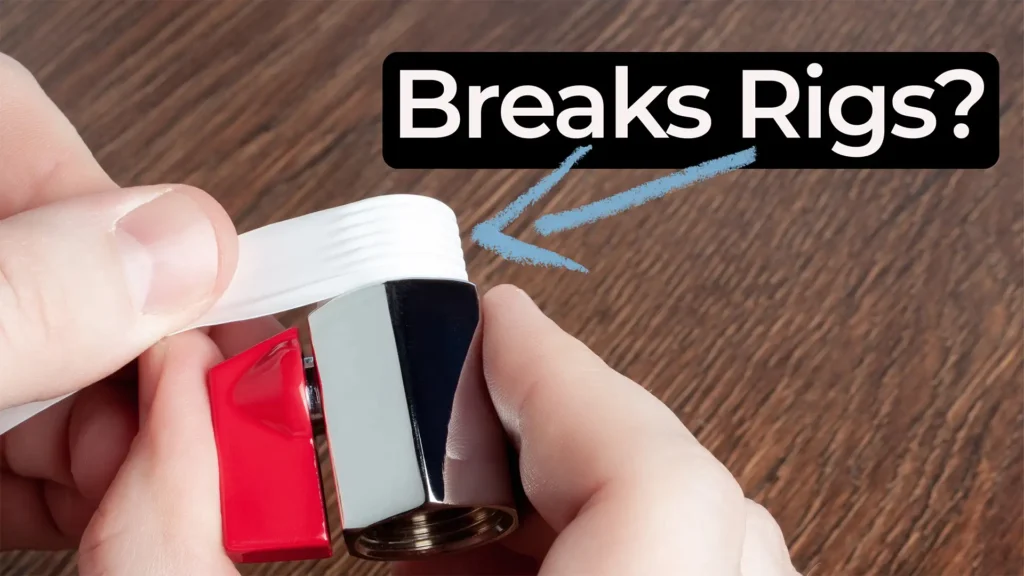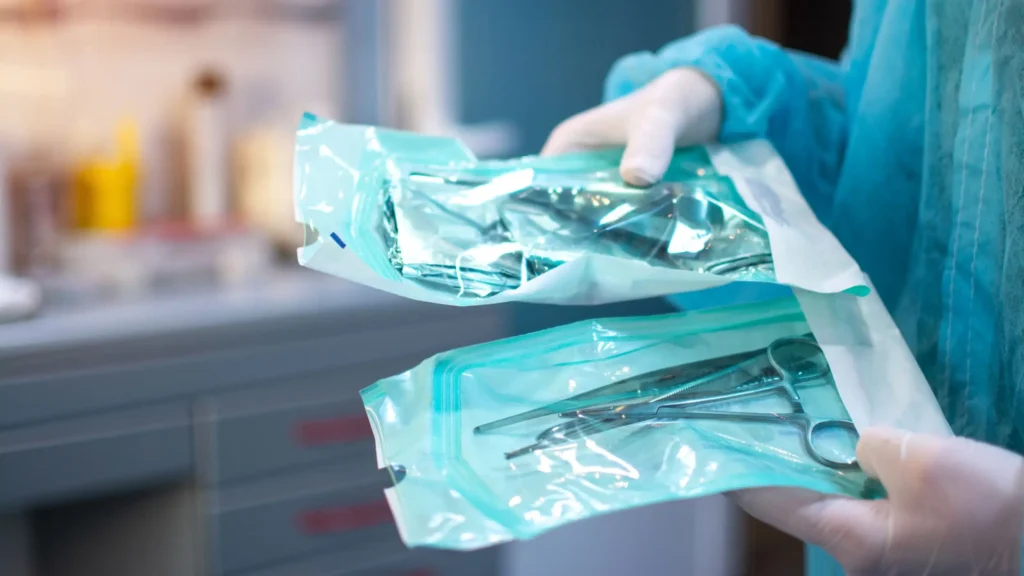
Project Management in Medical Device Development: Why Cloud Tools Matter
In medical device development, we deal with complex projects that span multiple disciplines, timelines, and regulatory gates. It’s a constant balance between moving fast enough to innovate, but slow enough to stay compliant. Over the years, I’ve found that the tools we use to manage projects play a huge role in how smoothly (or not) things run—especially when it comes to planning, controls, and client communications.
Cloud-based project management tools like Smartsheet and Miro have been game-changers in our work. They help create alignment across internal teams while also building transparency and trust with external partners. In this post, I’ll share some of the real-world benefits I’ve seen—both from a project management lens and a client-facing one.
What Are Smartsheet and Miro?
Just to give a bit of context; if you haven’t used these tools before: Smartsheet is kind of like a supercharged spreadsheet that lives in the cloud. It’s great for managing timelines, tasks, and project details without having to chase down the latest version. Miro is more of a visual tool, an online whiteboard we use for everything from early design brainstorming to mapping out processes with the team. Both have been useful for keeping technical planning organized while still being flexible enough to collaborate in real time, whether it’s with our internal teams or directly with clients.
In this post, I’ll share some of the practical ways these tools have helped make our projects run smoother, both behind the scenes and in how we work with partners.
Planning and Controls: A Better Way to Run the Day-to-Day
Live Planning That Keeps Up With Reality
One of the biggest advantages of cloud-based tools is that plans don’t get stale. We’ve all seen it, beautiful Gantt charts that are outdated the moment they’re emailed out. With Smartsheet, we keep a living project plan that updates automatically when dates shift or tasks are marked complete. This makes it much easier to track critical paths and respond quickly when priorities change.
It also helps with resource planning. When you can see workload across projects and teams, you make better decisions, before things go sideways.
Built-In Controls Without the Micromanaging
We’re in a regulated field, so traceability and process control matter. But I’ve learned that overly rigid systems often slow teams down and make it harder to stay productive. Tools like Smartsheet strike a good balance. You can build in automated alerts, approval workflows, and status flags, without forcing people to wade through layers of admin just to move a task forward.
These workflows are especially helpful when aligning with design control phases under FDA QSR or ISO 13485. For example, we set up gated approvals that reflect our design and development plan: user needs, design inputs, outputs, verification, and validation. This way, we’re not just managing tasks, we’re capturing the documentation iterations needed for our Design History File (DHF) in real time.
Decision logs, signoffs, and version-controlled attachments can all be stored directly in the tool or easily referenced in other complementary systems. That makes it much easier to demonstrate compliance during audits and ensures that critical decisions don’t get buried in email threads or meeting minutes.
We also use Miro in early phases, especially for risk planning and process mapping. It’s a great tool for collaborative brainstorming, even with distributed teams. Once we land on a direction, we link those outputs (like identified risks or mitigation actions) directly into Smartsheet with owners and due dates. That traceability supports both risk management files and helps us close the loop between planning and execution.
Dashboards That Actually Get Used
One of the best things about these platforms is the ability to create real-time, role-specific dashboards. We build project health reports that highlight key milestones, deliverables, and blockers in a way that’s easy to scan, no digging through spreadsheets required. These dashboards aren’t just for execs, our engineering teams rely on them too, especially during weekly stand-ups or cross-functional reviews.
A well-configured dashboard makes the critical path visible, so everyone knows what’s gating the next milestone. It also shows upcoming tasks by owner or workstream, so team members know what’s expected this week and next. For management, we layer in higher-level metrics, overall schedule health, phase gate progress, risk summaries, so they can make resourcing or scope decisions based on live data.
This became especially valuable during the development of an ultrasound device heading toward FDA submission. Being able to share a live view of the critical path across functional teams allowed everyone to see how changes were impacting the overall timeline, often within hours of new information coming in. It helped the team stay focused on the right priorities, quickly assess risk, and make informed decisions without waiting for the next scheduled update.
This level of visibility supports smarter, faster conversations. Teams can flag issues earlier, and leadership has enough context to provide support without needing a deep dive. It’s a practical way to foster alignment, something that StarFish also highlights in their Project Review Meetings post: the clearer the picture, the better the conversation.
Dashboards are also helpful during design reviews or phase transitions, as they give reviewers a snapshot of what’s complete, what’s pending, and what’s changed. That alignment helps reduce rework and makes it easier to stay on track with regulatory expectations.
Sharing Information With Clients: Making Collaboration Easier
Clients See What We See
We’ve started giving clients limited access to dashboards or summary views so they can track progress in real-time. It saves everyone time—no more digging through emails or waiting for a Friday update. And it gives them confidence that the project’s under control.
Smartsheet lets us share just the right amount of detail, high-level timelines, decision logs, deliverables, without overwhelming them with task-level noise.
Faster, Clearer Feedback Cycles
We use Miro during design reviews or early-stage planning with clients. They can comment, sketch ideas, or mark up designs. It’s fast, visual, and collaborative, even when people are remote. Then we feed that input directly into our structured project tasks in Smartsheet.
This workflow keeps things moving and avoids the common trap of feedback getting stuck in someone’s inbox.
A Better Audit Trail (That Doesn’t Feel Like a Chore)
Whether it’s a client quality check or a regulatory audit, cloud tools make documentation easier to manage. We have timestamped records of decisions, approvals, and changes, all stored in one place. It’s not glamorous, but it really reduces stress when you’re asked to “show your work.”
And because the system keeps track of who did what and when, it’s easy to trace changes if questions come up later.
Final Thoughts
At the end of the day, our job as project managers is to help teams deliver, on time, on scope, and without unnecessary friction. Cloud-based tools like Smartsheet and Miro help us do that by keeping information flowing, reducing surprises, and creating visibility at every level.
Internally, they streamline complex planning and reduce risk. Externally, they foster transparency and real partnership with clients.
For those of us managing biomedical projects, these tools aren’t just conveniences, they’re part of how we deliver high-quality, compliant products in a fast-moving world.
TL;DR:
- Smartsheet supports real-time planning, resource management, and compliance.
- Miro enables early-stage collaboration and feedback from distributed teams.
- Live dashboards clarify milestones, owners, and blockers.
- Clients gain confidence with shared visibility and audit-ready records.
Benjamin Green is a Senior Project Manager in the biomedical field with a background in regulated product development and cross-functional team leadership in aerospace and automotive. They specialize in using smart tools and clear communication to deliver complex projects with confidence.
Images: Adobe Stock
Related Resources

Nick and Nigel explore how a surprisingly small set of sensors could be used to identify a wide range of common health conditions.

Understanding how clinical ventilator development differs from commercial ventilator design is essential for teams planning early studies.

Nick walks through a practical Teflon tape lesson that came from real work supporting a mechanical test rig.

Most sterile medical devices begin their journey long before anyone thinks about sterilization. Teams focus on function, usability, materials, and suppliers, then discover that sterilization constraints can reshape many of those early decisions.